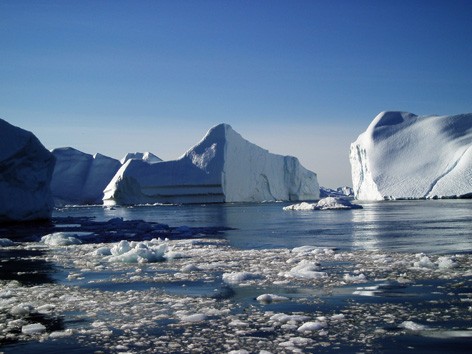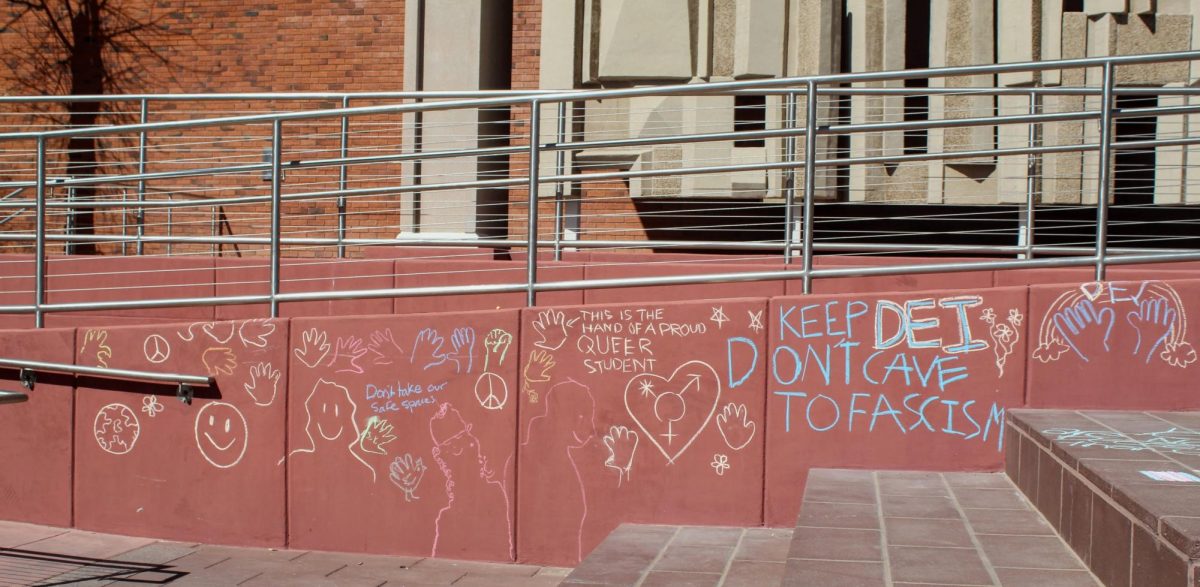Nine UA staff members attended Second Nature’s Presidential Climate Leadership Summit at Arizona State University last week, they returned with some big ideas.
Ben Champion, director of UA’s Office of Sustainability, said the summit reinforced how complex the solution to carbon emissions and climate change will be.
“There aren’t any easy solutions,” Champion said. “This is a huge challenge with many moving pieces. We need everyone in the community working together to find the right mix of solutions that work for us.”
Second Nature
Jim Buizer, director of the Climate Adaptation and International Development Program at the UA Institute of the Environment, is also the vice chair on the board of directors of Second Nature.
Buizer first got involved in Second Nature in 2004, when he was working at ASU.
“It really focuses on bringing presidents of those universities and colleges who have signed carbon commitments together with the facilities managers of those institutions, to exchange best ideas and practices,” Buizer said.
The summit has reached more than 600 colleges across the U.S. UA has been a signatory since 2007, according to Champion, and in 2015 UA President Ann Weaver Hart signed a renewal.
UA developed a climate action plan in 2012, with the goal of being carbon neutral by 2050. That goal is actually a requirement for all signatories, but Champion said some schools take a more aggressive stance.
“The U Cal system of 10 schools has the goal of carbon neutrality by 2025, so there are definitely universities who are pushing really hard on this,” Champion said. “But UA has a lot to celebrate. We’ve had a lot of good work going on, mostly foundational, mostly behind the scenes, especially in regards to campus management.”
RELATED: WRC and FORCE hold panel to celebrate women in Tucson environmental and social justice leadership
Some of that work can be seen in the transportation method shift of the last 10 years. UA moved from just building more parking to using other systems to deal with increased need, like the Cat Tran and better bike routes.
However, Champion said we still have a long way to go.
“Our climate action plan isn’t clearly articulated,” Champion said. “We know where we want to be in 2050, but we don’t have any mile markers set along the way.”
Focus and prioritizing carbon reduction is another area of difficulty, according to Champion.
“It’s a matter of political will in the University,” Champion said. “The deadline is far off, but in many cases, this is the biggest problem the world will face. It’s a slow-moving crisis, which makes it really difficult to prioritize.”
For example, Champion is interested in pursuing off-site, renewable energy purchasing for UA, an idea from the summit.
UA Solar Farms
American University and George Washington University were the first to try this model when they paid to build a new 50- to 60-megawatt solar installation in North Carolina.
“It gets really complicated in terns of what this is, but essentially they invested in creating a new solar farm,” Champion said.
The way the model works is that the universities sell the power their farm generates to other people, but offset their carbon footprint by helping to fund renewable energy.
“This works out because the atmosphere doesn’t care where the carbon is being emitted or not emitted,” Champion said. “What matters is that this method is reducing carbon emissions overall.”
RELATED: Climate Change and Poetry series draws to a close
The 2015 UA Greenhouse gas emissions report showed that power purchased from Tucson Electric Power amounts to 40 percent of UA’s emissions. Champion said UA already produces some of its own energy from natural gas, which accounts for 33 percent of emissions.
The Massachusetts Institute of Technology is also using this strategy, but in collaboration with smaller businesses and non-profits. Champion hopes to explore this strategy for UA.
“This strategy could take a huge bite out of that 40 percent,” Champion said. “We’re going to need to make some huge leaps like that.”
Second Chance
Buizer said colleges and universities also play a huge role in dealing with climate change, particularly when it comes to carbon.
“Colleges and universities only represent about 3 percent of carbon emissions in the U.S., but we’re actually 100 percent of the future work force and leaders,” Buizer said. “They’ll understand the value of a clean climate.”
Champion said while students are vital, the support of the next UA president for emissions reduction is just as important.
“This is a part of the DNA of UA,” Champion said. “We need everyone’s help to make a strong case to the new president to support us in the same way President Hart has supported us.”
The next Second Nature summit will be in two years, though the location is not yet set. The board of Second Nature was hosted at UA in the two days after the summit, to strategize and plan for the next summit.
Follow Marissa Heffernan on Twitter.









